How to tame curved parts with patterns
Taking a tip from boatbuilders, Chris Becksvoort demonstrates his use of patterns to build identical parts, whether he's making a set of dining chairs, a lamp, a Shaker trestle table, a stool, or a Shaker round stand.
Synopsis: Taking a tip from boatbuilders, Chris Becksvoort demonstrates his use of patterns to build identical parts, whether he’s making a set of dining chairs, a lamp, a Shaker trestle table, a stool, or a Shaker round stand. Here he explains how to make a pattern, and how to use patterns for symmetrical parts, how to approach asymmetry and the practical ways he uses patterns in various designs.
If you make furniture that you plan to re-create in the future, a good set of patterns will make your life a lot easier. Boatbuilders have known this for years, taking their layout lines from half hulls. Back in the day, shipwrights would build half hull models to scale. They only needed to build one side since the other side is a mirror image, then they’d take all the measurements from that for both sides. I do the same thing with my symmetrical patterns. After all, if someone commissions a set of four chairs, then a few years down the road wants two more, they expect them to be identical. The same with historical reproductions or limited edition gallery works.
Most of my patterns are made of stiff paper: poster, manila, tag, or 110–180 lb. card stock. It needs to be stiff enough for a pencil to follow its outline, yet thin enough to cut with scissors. In a few cases, I have made thin patterns of solid wood or plywood, but these aren’t as light or as easy to store as the paper templates.
Here I’ll discuss four pieces of furniture where I use patterns to make multiple parts: a lamp, a Shaker trestle table, a stool, and a Shaker round stand.
Symmetry unfolds
When you’re working with a symmetrical pattern, you need only draw and cut half the template on folded paper. Both sides will be exactly the same when you unfold the paper.
Shaker trestle table – This is one of the finest examples of Shaker design. It requires three patterns. The first is for the turned post, and I don’t cut it from paper. It is one of the few patterns that I have drawn on thin wood. The next two are for the arch foot and the brace. I have built the table a number of times and have a few different patterns, the difference being mostly in length, depending on the width of the table. Both patterns are symmetrical and are drawn and cut from folded paper.
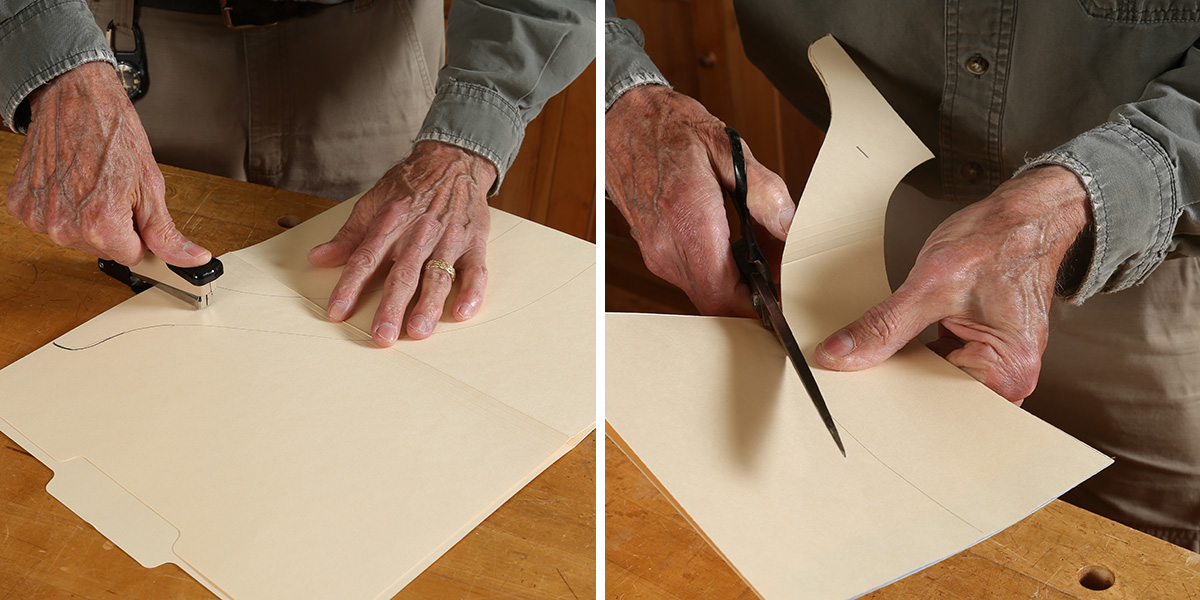
Approach asymmetry a little differently
Rather than drawing half a pattern on folded paper, draw the whole pattern.
Shaker round stand – The turned posts on round stands, like those on the Shaker trestle table, don’t lend themselves to drawn patterns. They are better done with calipers and a ruler.
The stand’s feet are a different matter. Some plans will feature the profile drawn on a small grid pattern, which you can enlarge to actual size by drawing on a 1-in. grid. However, most historical pieces don’t have plans or patterns. Years ago, I solved the problem by taking a photo (slide), at mid-height, and 90° to the leg profile. I then blew the slide up to full size on the wall and traced the leg onto paper pinned to the wall. You can update this method with a digital photo, and a laptop and projector if you have that setup.
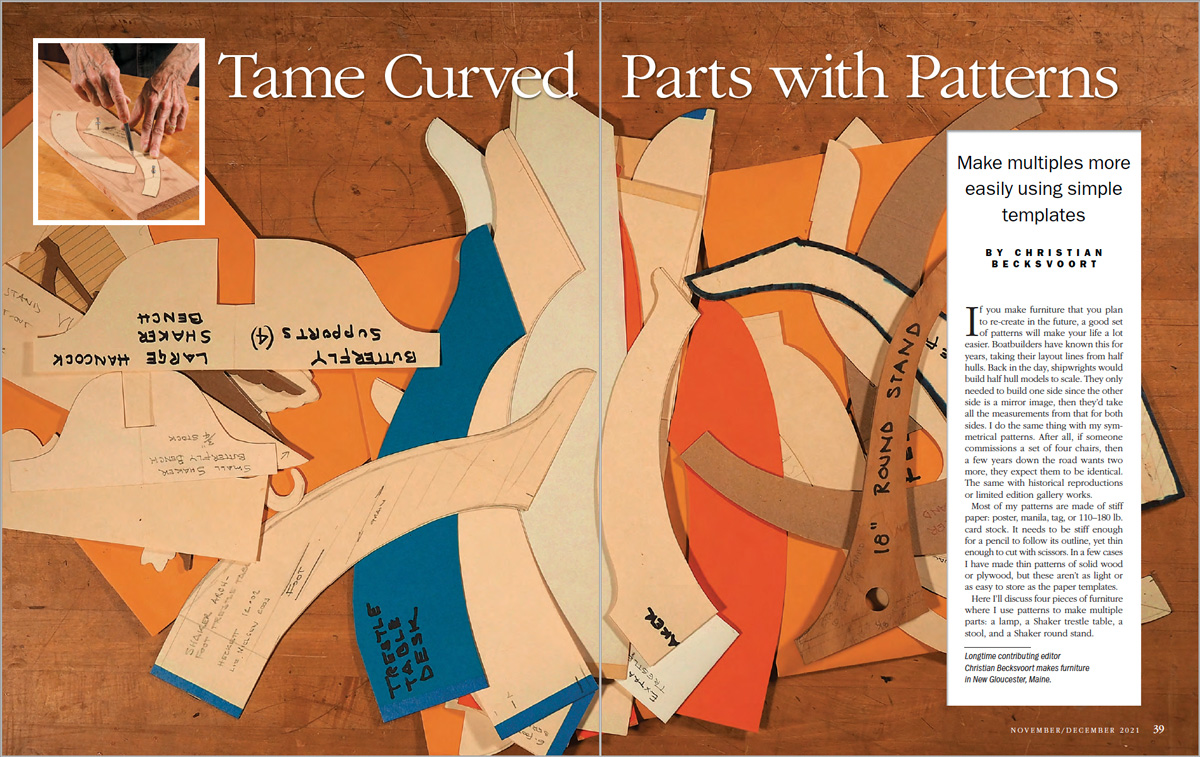
From Fine Woodworking #292
To view the entire article, please click the View PDF button below.
 |
Shaker Candle Stand: Making the Round TopIn this episode, Chris makes the round tabletop at the bandsaw, refines the shape at the disc sander, and then takes us through his complete sanding regimen. |
 |
How to Build a Shaker Dining TableForm meets function in this classic trestle-table design. |
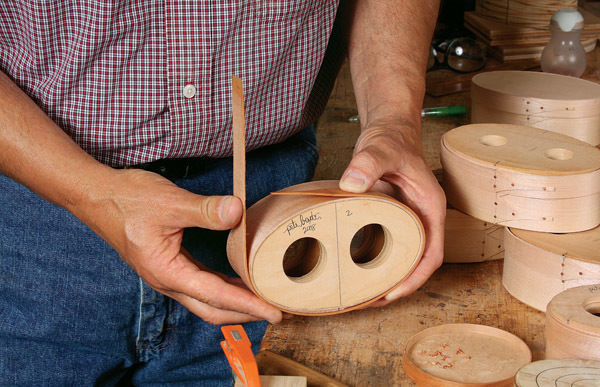 |
Links from Fine Woodworking’s Shaker Furniture
|
Fine Woodworking Recommended Products

Stanley Powerlock 16-ft. tape measure

Jorgensen 6 inch Bar Clamp Set, 4 Pack

Bessey EKH Trigger Clamps





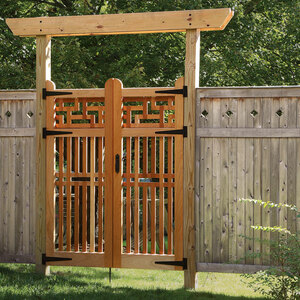
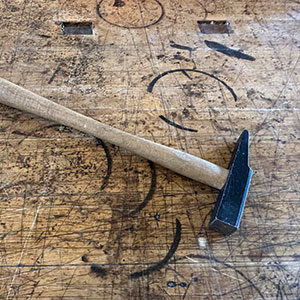
















Log in or create an account to post a comment.
Sign up Log in